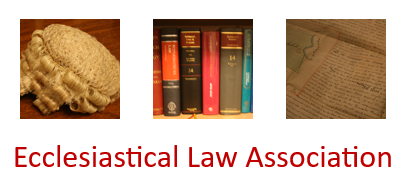The petitioners sought to place a tablet in the churchyard to commemorate two interments in the same plot in 2005 and 2007. Tablets had been allowed for a short period in the 1960s, but since then the Parochial Church Council had adhered to a policy of not allowing further tablets, in order to preserve the open grassed appearance of the churchyard. In 2011, a Faculty had been granted to authorise a memorial wall on which plaques could be placed to commemorate those whose cremated remains have been interred in the churchyard since 2010. The incumbent and Churchwardens objected to a further plaque being placed in the churchyard. Whilst of the view that the policy of the PCC was reasonable and should normally be adhered to, the Chancellor felt there were exceptional circumstances in this case, as the plot in question was the only cremation plot without a tablet in a row of plots where tablets had been placed in the 1960s. Accordingly, a Faculty was granted.

